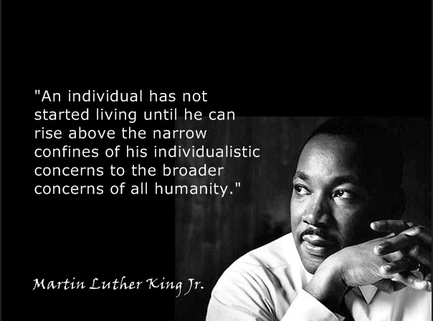 I'm not there yet, Dr. King, but I'm trying! (Image credit: Emmanual Gonot on Flickr)
I'm not there yet, Dr. King, but I'm trying! (Image credit: Emmanual Gonot on Flickr) I often get made fun of for never writing blog posts. Now the antagonists will turn their forces - ahem, #EduPressure - elsewhere. At least for now.
**Resume serious post**
This week’s #YourEduStory poses a challenging question. This question is one where I feel that my answer should be incredibly groundbreaking, honourable, or innovative. When someone says “make the world a better place”, don’t you immediately envision some of world’s greatest and most iconic human beings and/or their associated movements?
I sure do. And that’s a lot to measure oneself up to, especially a I’m-only-in-my-fourth-year-of-teaching-and-just-coming-into-myself kinda girl. That’s me. I’m not groundbreaking, honourable, or innovative by those high standards.
So I decided to give myself a break. I don’t have to be those things. I do have to be me. I do have to work with what I’ve got.
What I’ve got right now to offer the world are just little things. Karl says to me all the time, “It’s the little things,” and I am led to believe that those little things can make an impact on little worlds - worlds of kids and worlds of teachers. In turn, my hope is that those little things can have an impact on the big world.
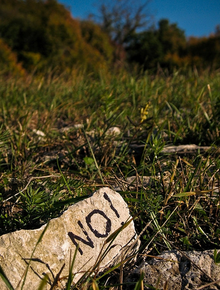 Image credit: guercio on Flickr
Image credit: guercio on Flickr For the kids:
I have the ability to make small strides in how I support my students. I make a difference by continually encouraging them even when they’re not doing so well. I have opportunities to turn their attitudes around toward an academic concept at school, or to get them to open their views to the world in new and exciting ways.
For teachers:
I’ve been working on teaching little tech-tricks to teachers make them more excited about technology. Even when it’s completely about us as educators, we go crazy for new tricks that make us look tech-savvy. And that’s the thing I’m making teachers realize: playing with technology and finding ways to utilize it makes us proud to use it. That, in turn, may motivate us to use it more, to experiment more, and hopefully in new and different ways with students.
For me:
I’m trying to take better care of myself in 2015. I’ve said NO to so, so, so many opportunities because I need to let myself have more time. I want to dedicate time to my friends and social engagements. I want to watch TV sometimes. Oh, and sleep… that, too.
So there you have it: I’m not making the entire world a better place by creating massive human movement. But I’m making the worlds of some big people and some little people better by doing what I love and trying to do it well. And I’m glad that I’m taking time to extend that gift to myself, too.












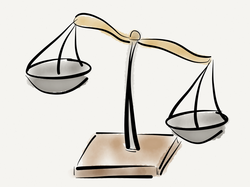


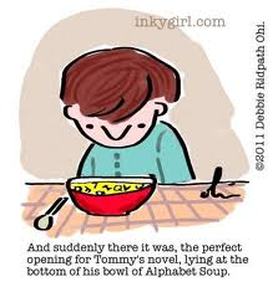
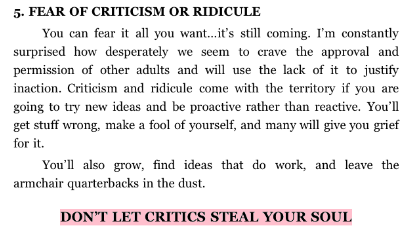


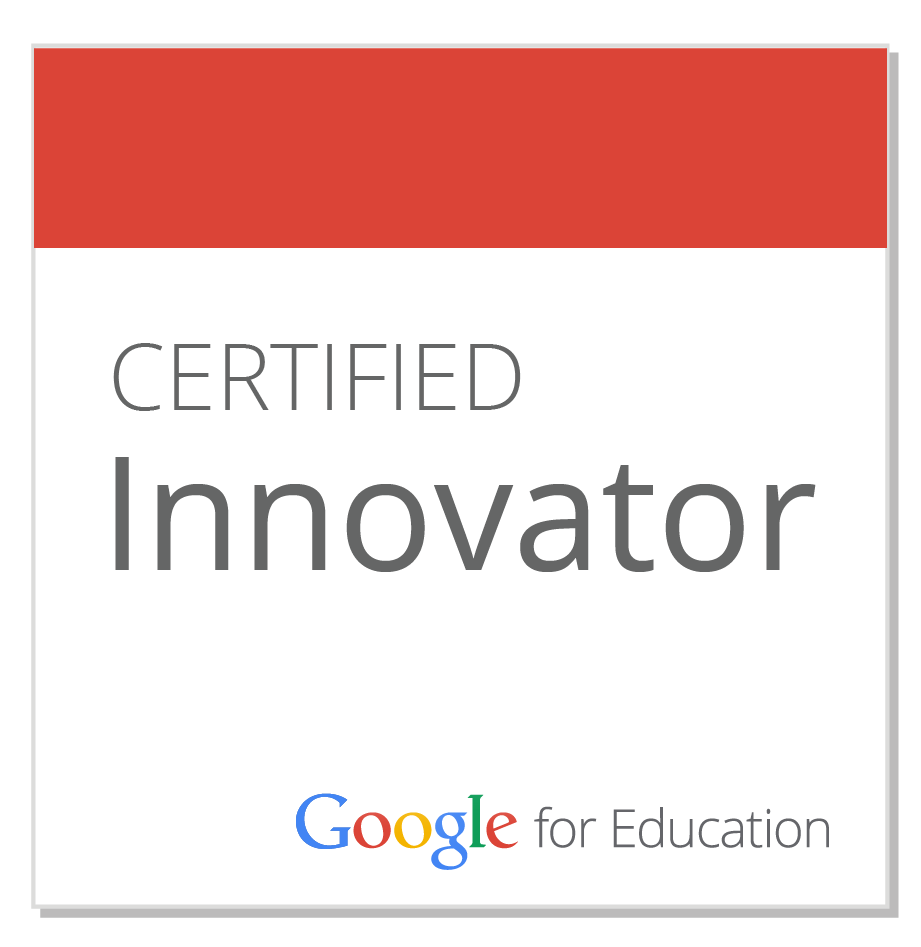
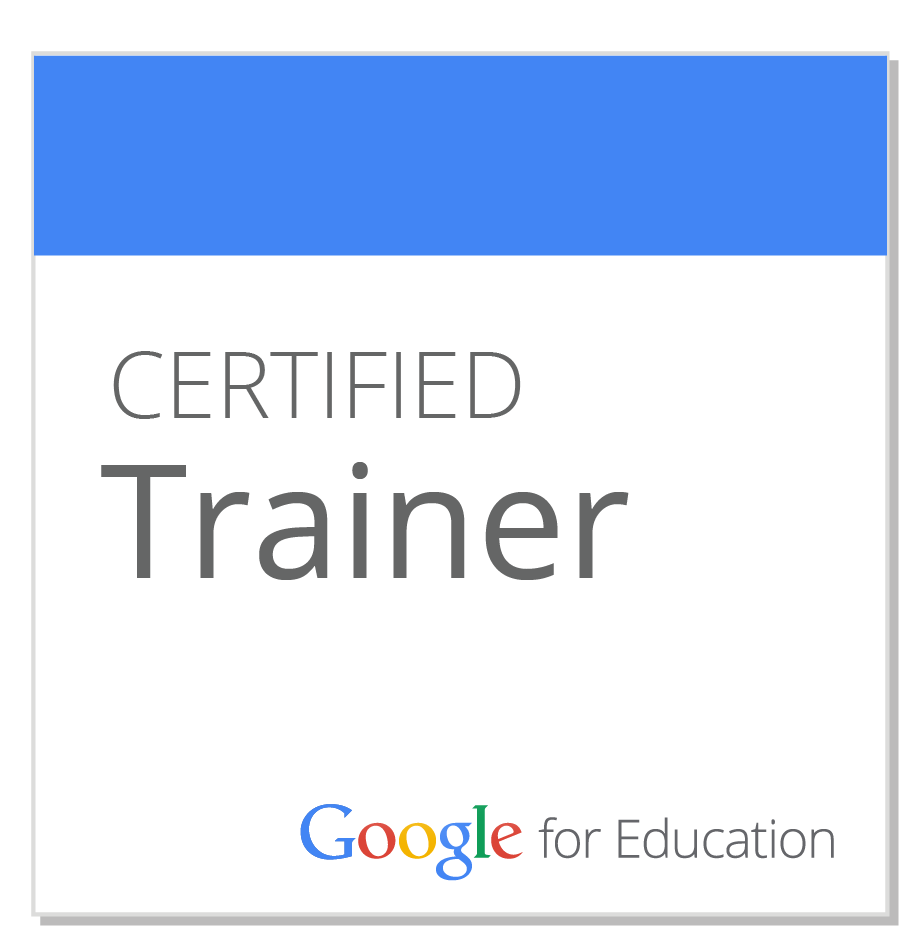
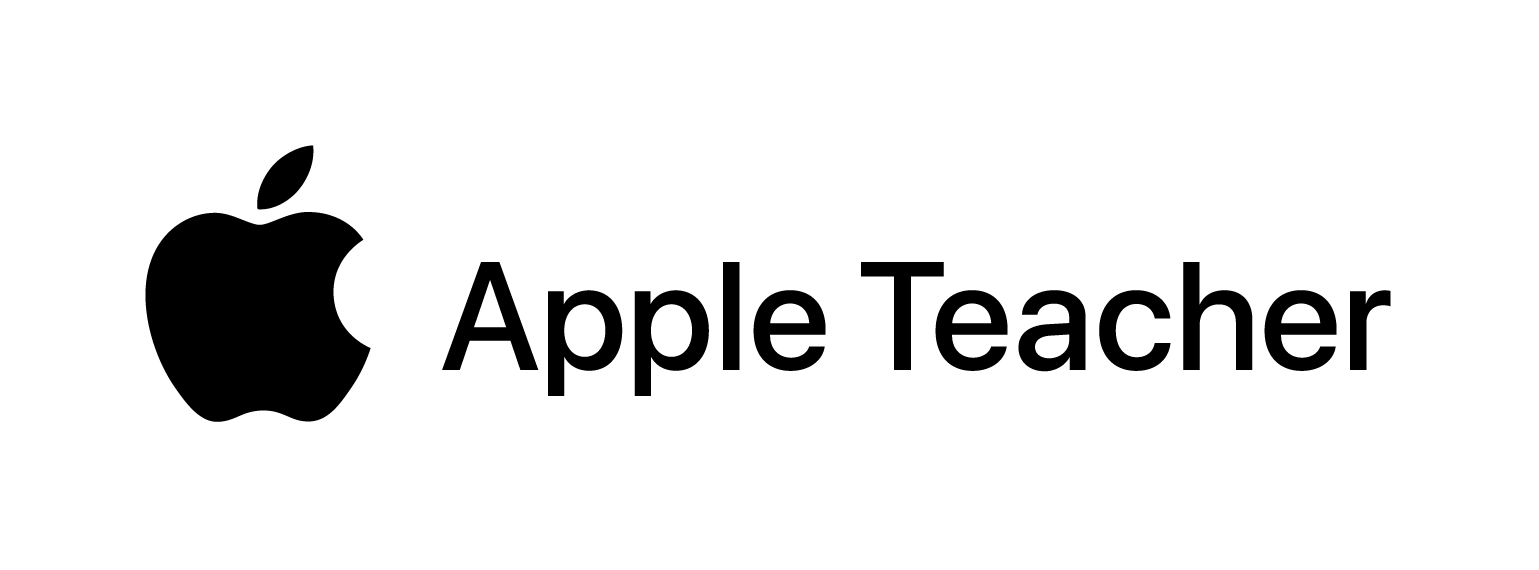
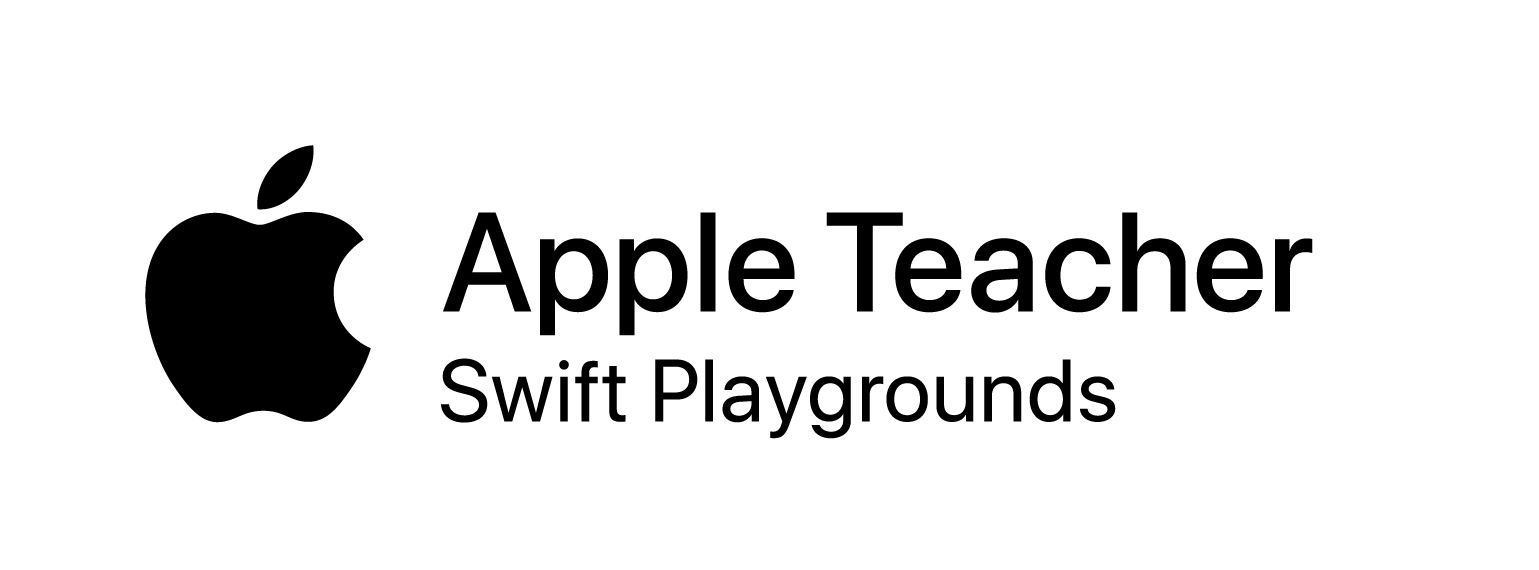


 RSS Feed
RSS Feed
